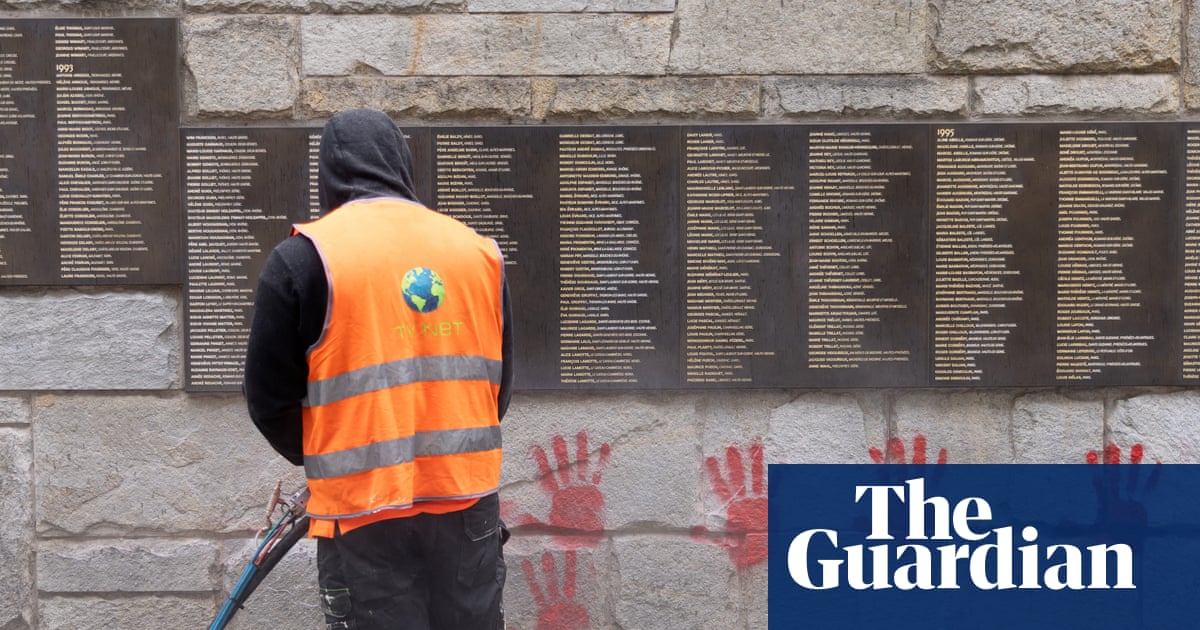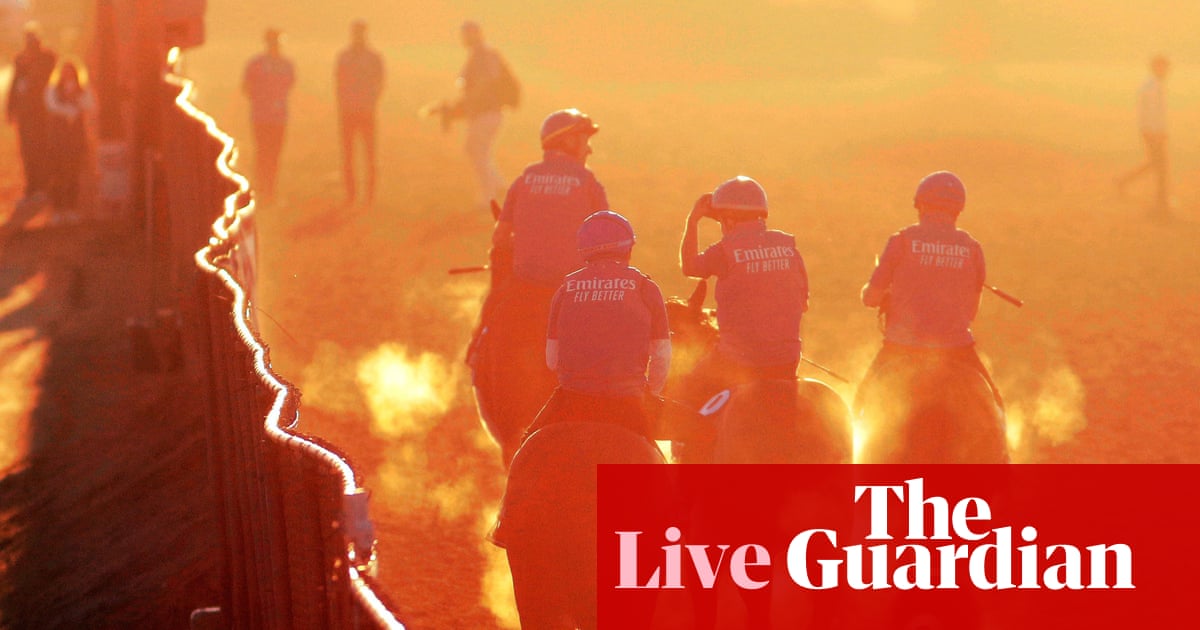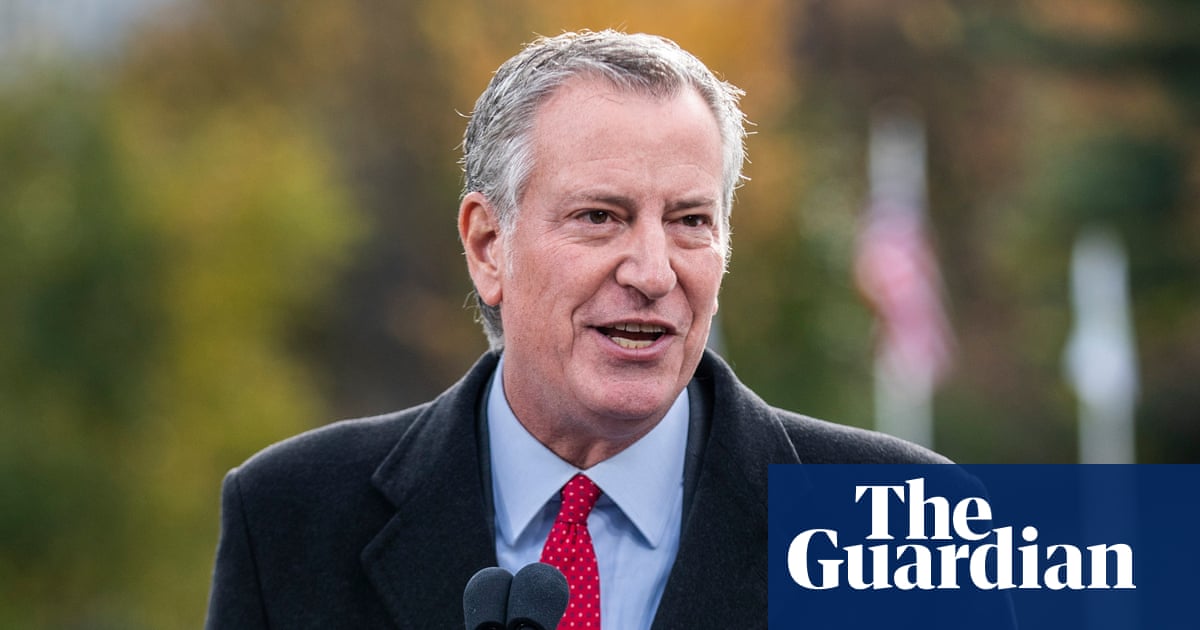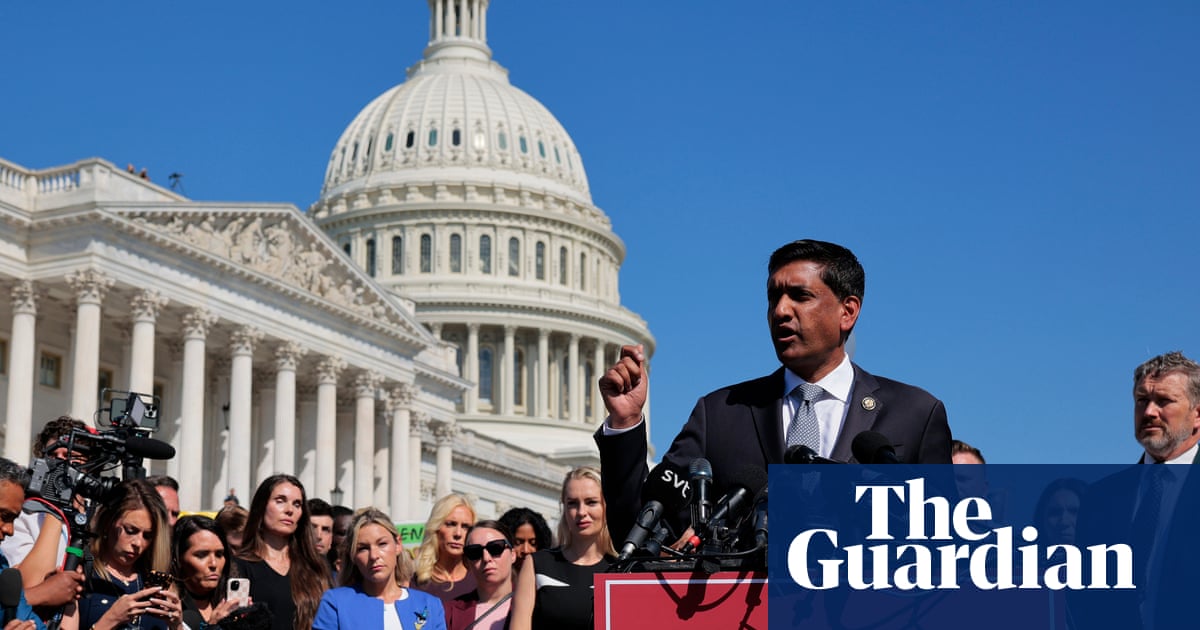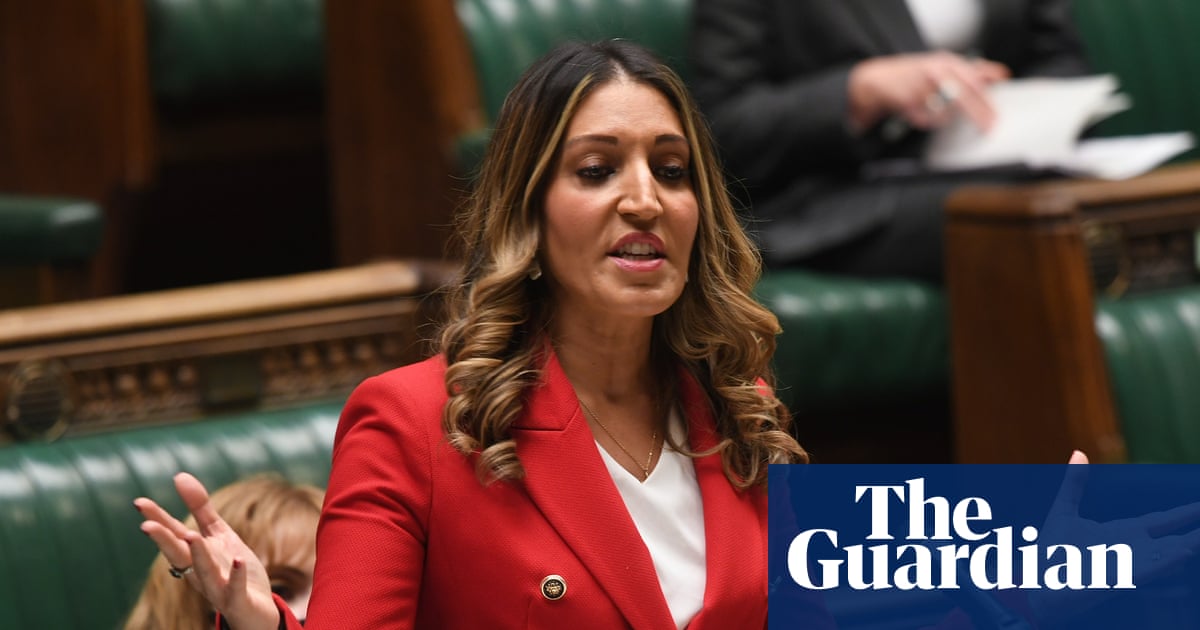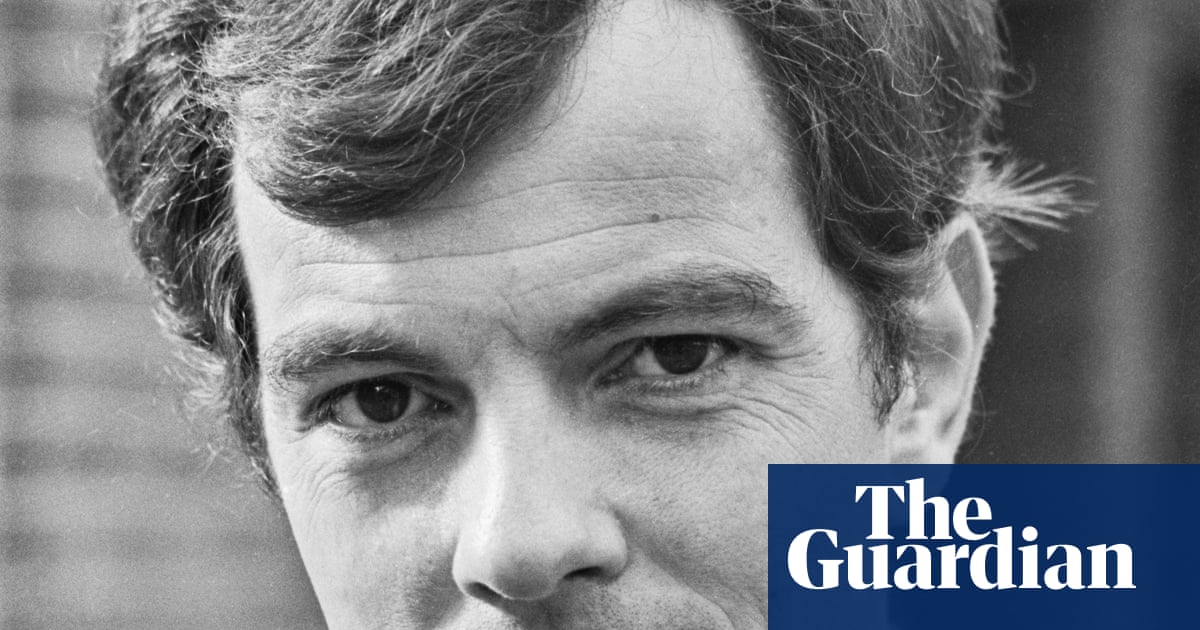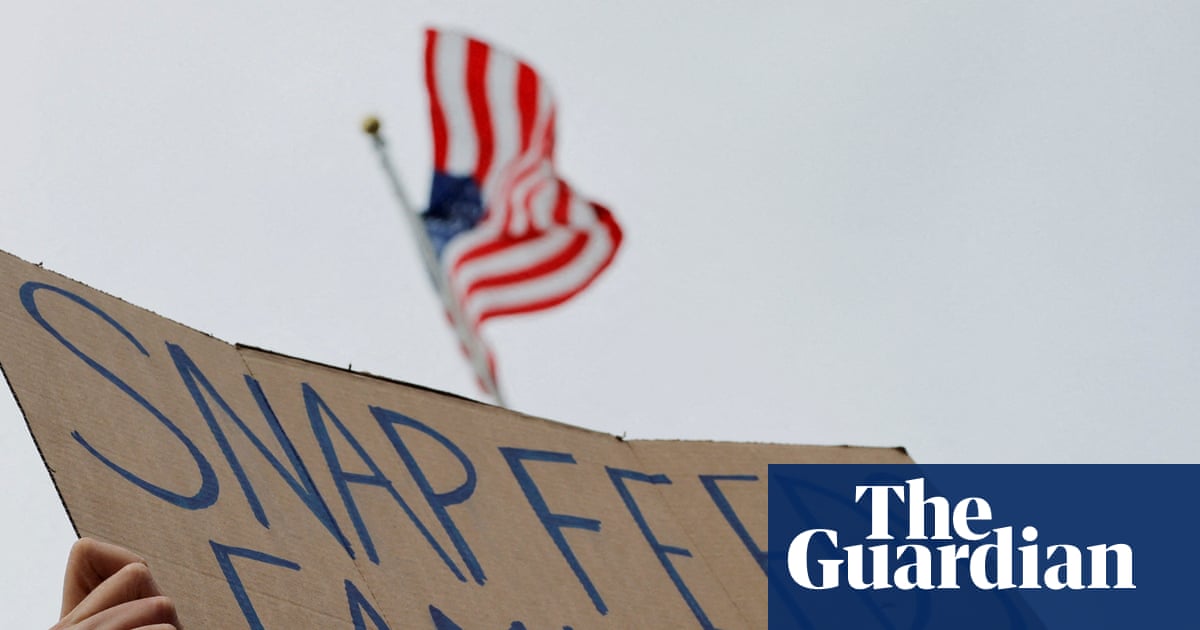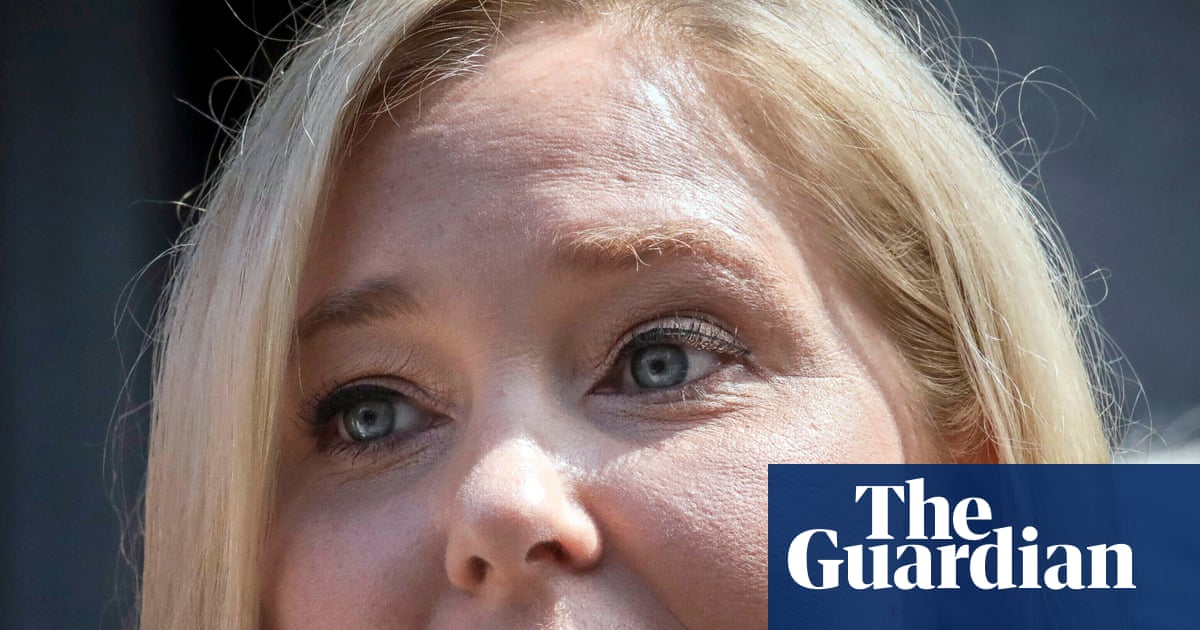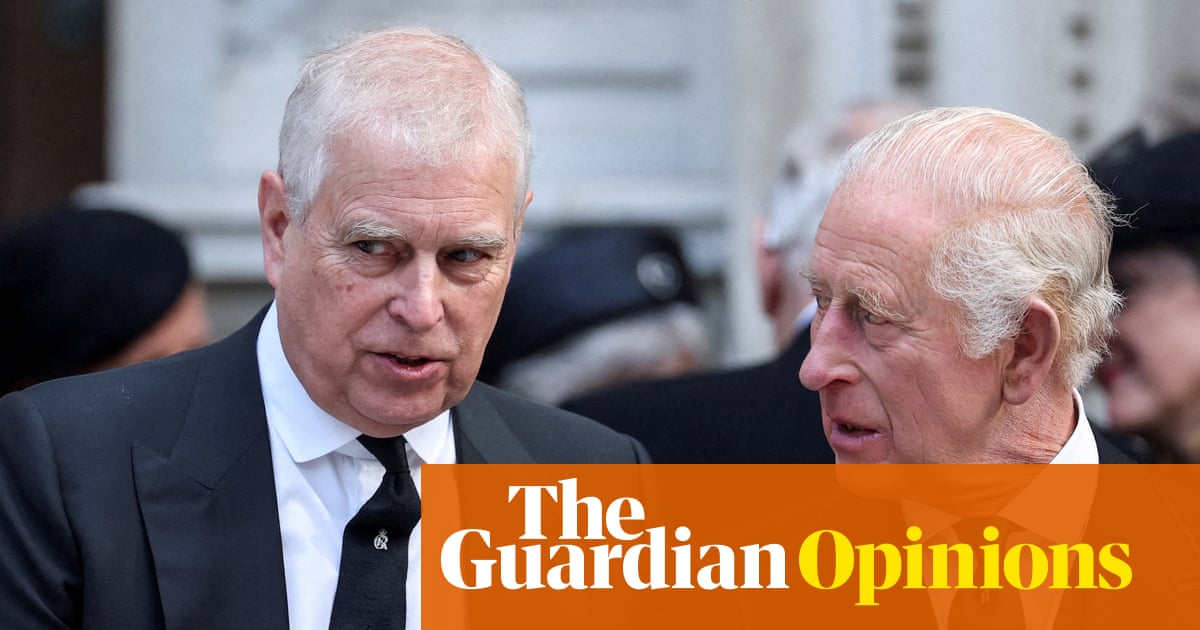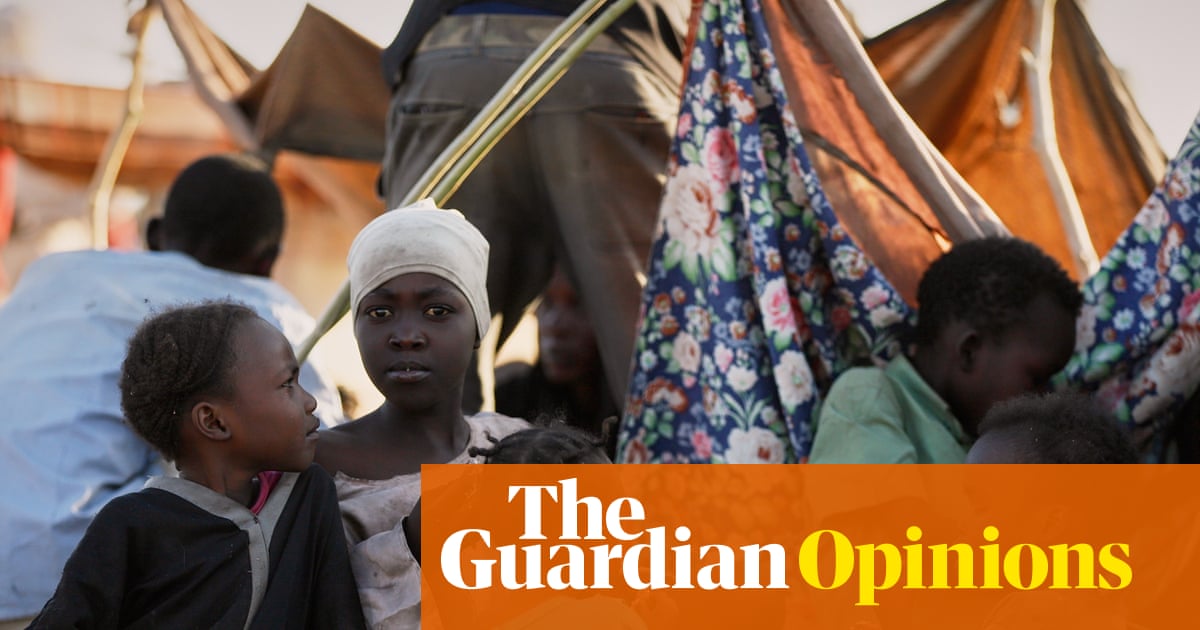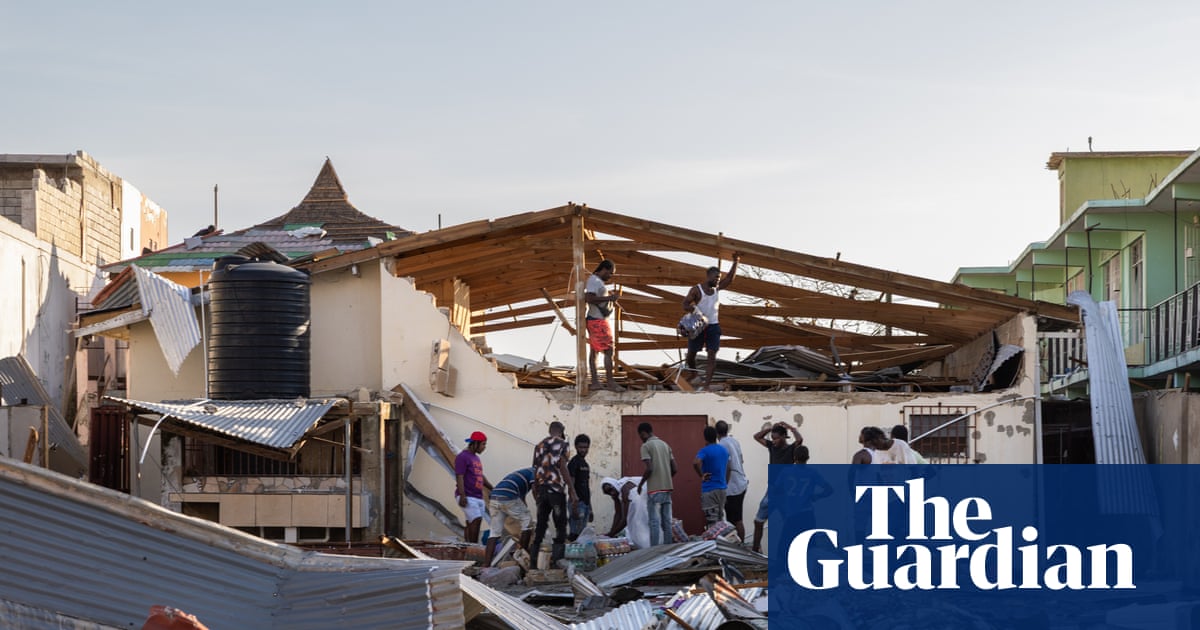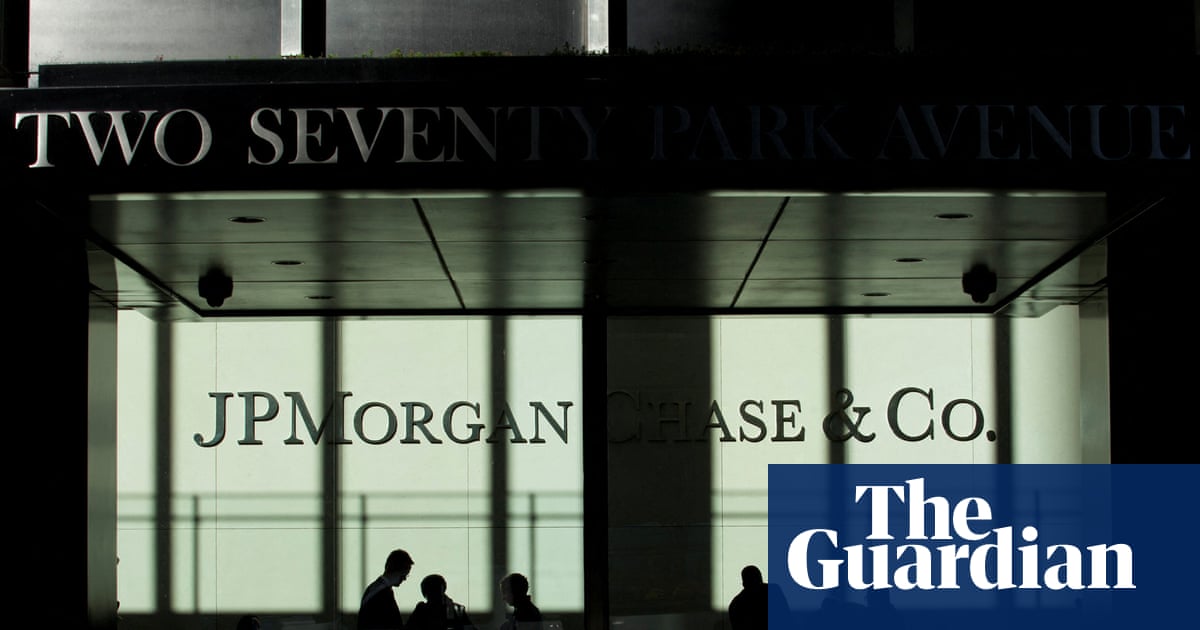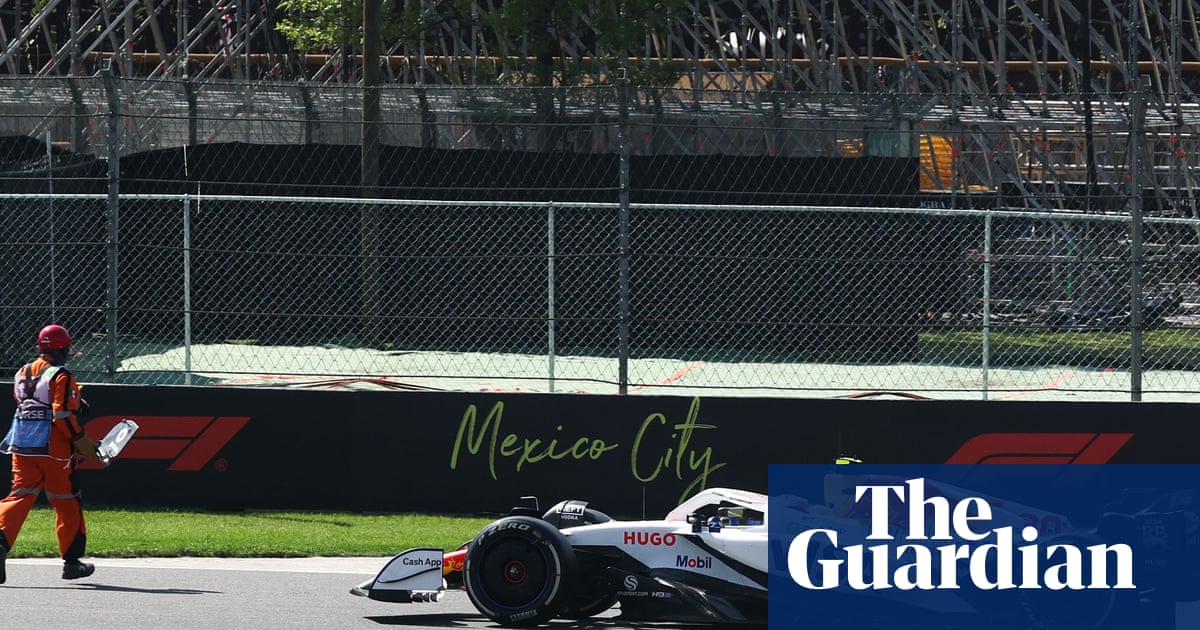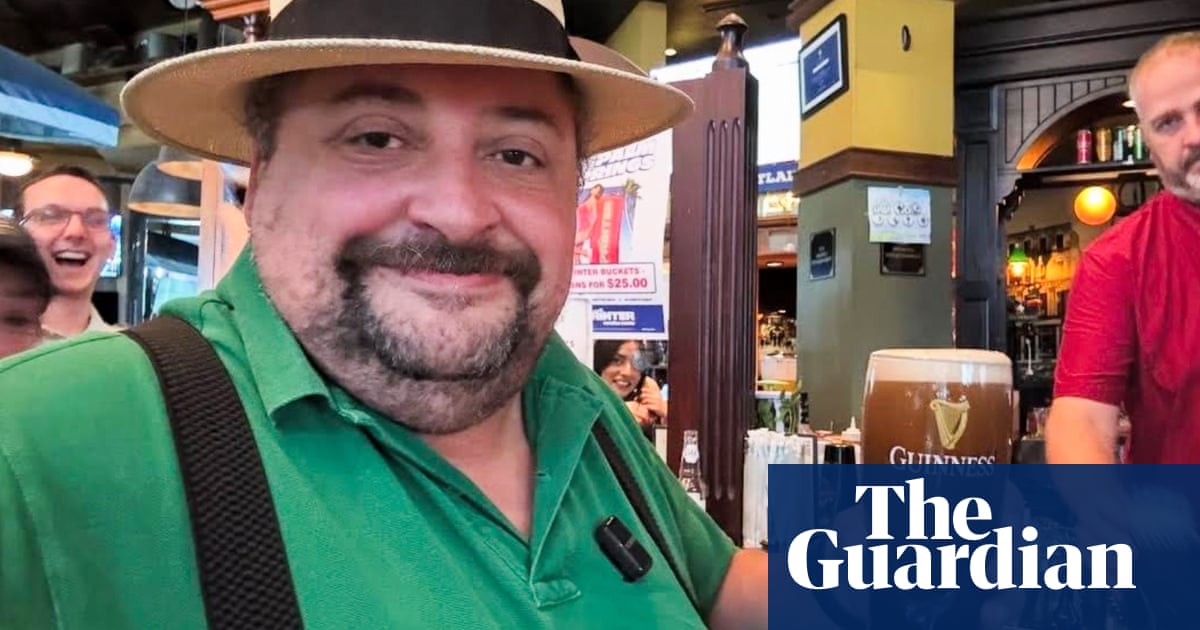Another devastating chapter in Sudan’s brutal civil war has taken place as the paramilitary Rapid Support Forces captured El Fasher from the army after an 18-month siege that trapped tens of thousands of civilians in the city in Darfur. The RSF now controls all major urban centres in Darfur, a development that raises the possibility the country could face partition.
What has happened in El Fasher this week?
In a statement on Sunday, the RSF said it had “extended control over the city of El Fasher from the grip of mercenaries and militias”. The day after, the Sudanese army chief, Gen Abdel Fattah al-Burhan, confirmed that his forces had withdrawn from the city “to a safer location”, effectively conceding its loss.
Since then the RSF has been accused of killing hundreds of unarmed civilians in ethnically motivated attacks. The group has also been accused of hunting down specific individuals, detaining civilians, and releasing them only after receiving ransom payments – a pattern consistent with what happened after the RSF took over other major cities.
Yale University’s Humanitarian Research Lab has said the level of violence is comparable to the first 24 hours of the Rwandan genocide.
How do we know about what is going on?
International journalists are not on the ground in Darfur, and news agencies have been unable to reach residents in El Fasher, where the Sudanese Journalists’ Syndicate reports that communications have been cut off under a media blackout.
Much of what is known about the atrocities has instead come to light from video footage – much of it filmed by the RSF themselves – geolocated by journalists and human rights analysts; testimony from survivors who escaped to the nearby town of Tawila; and, crucially, satellite image analysis conducted by the Yale lab.
Videos have emerged showing “dozens of unarmed men being shot or lying dead, surrounded by RSF fighters”, according to the UN. Separately, footage shared by pro-democracy activists appeared to show bodies scattered on the ground alongside burnt-out vehicles.
In a report released on Tuesday, the Yale lab said El Fasher “appears to be in a systematic and intentional process of ethnic cleansing of Fur, Zaghawa and Berti indigenous non-Arab communities through forced displacement and summary execution”. Analysts also identified what appeared to be “door-to-door clearance operations” across the city, where militants went house to house committing a series of acts of violence.
The Yale team said satellite images also showed large “clusters” consistent with adult human bodies and red discoloration on the ground.
Who are the RSF and what are the origins of Sudan’s civil war?
The RSF was officially formed in 2013 from the remnants of the Janjaweed militia, deputed by Sudan’s former authoritarian leader Omar al-Bashir to suppress a tribal rebellion in the Darfur region. That operation ended with the genocide of up to 300,000 people.
A civil war between the RSF and the Sudanese army began in April 2023 after a power struggle between the two forces, and the conflict quickly spread across the country.
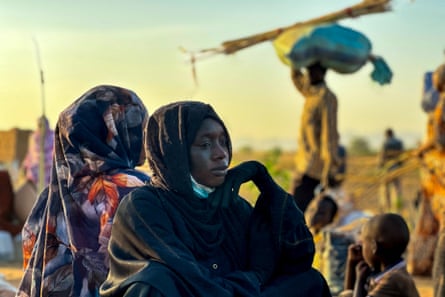
Both sides have been accused of a litany of human rights violations and war crimes against civilians. The US, UN and others have also determined that the RSF has committed genocide and mass rape against ethnic Masalit and non-Arab communities in Darfur.
In August that year, famine was declared in the Zamzam camp for displaced people, south of El Fasher. In April, the RSF killed as many as 2,000 people when it seized the camp, which at the time housed 500,000 people.
The world appeared to be placing some focus on Sudan earlier this year when a conference held in London brought together 17 countries, as well as the EU and African Union, to discuss the conflict. It was accompanied by some new pledges of aid, and was billed as an effort to build a new consensus on a way forward. But there was widespread criticism that some of the countries at the conference were allegedly involved with the conflict, most notably the United Arab Emirates.
Sudan’s military government has accused the UAE of supplying arms to the RSF, which the Emiratis have denied. In April, a leaked UN experts’ report found “multiple” flights from the UAE, as transport planes made apparently deliberate attempts to avoid detection as they flew into bases in Chad, where arms smuggling across the border into Darfur has been monitored. The UAE says the latest UN experts’ report “makes clear there is no substantiated evidence that the UAE has provided any support to RSF”.
The UAE’s relationship with the RSF can be traced back to the 2015 Yemen war, where the RSF was used to recruit fighters who were sent to Yemen to fight for the Saudi and UAE forces. The UAE’s interest in Sudan is also down to its gold, most which has ended up in the UAE in recent years.

 11 hours ago
6
11 hours ago
6
